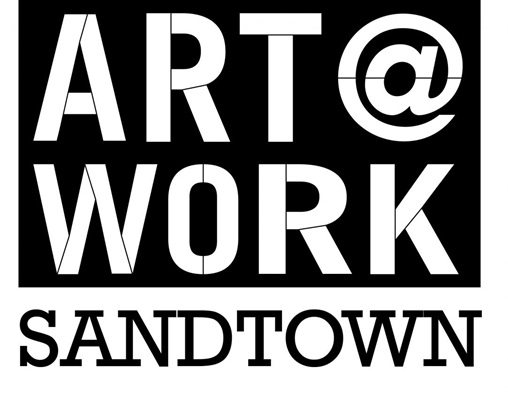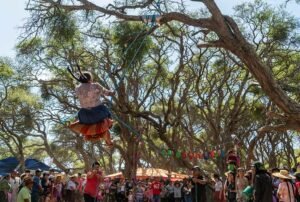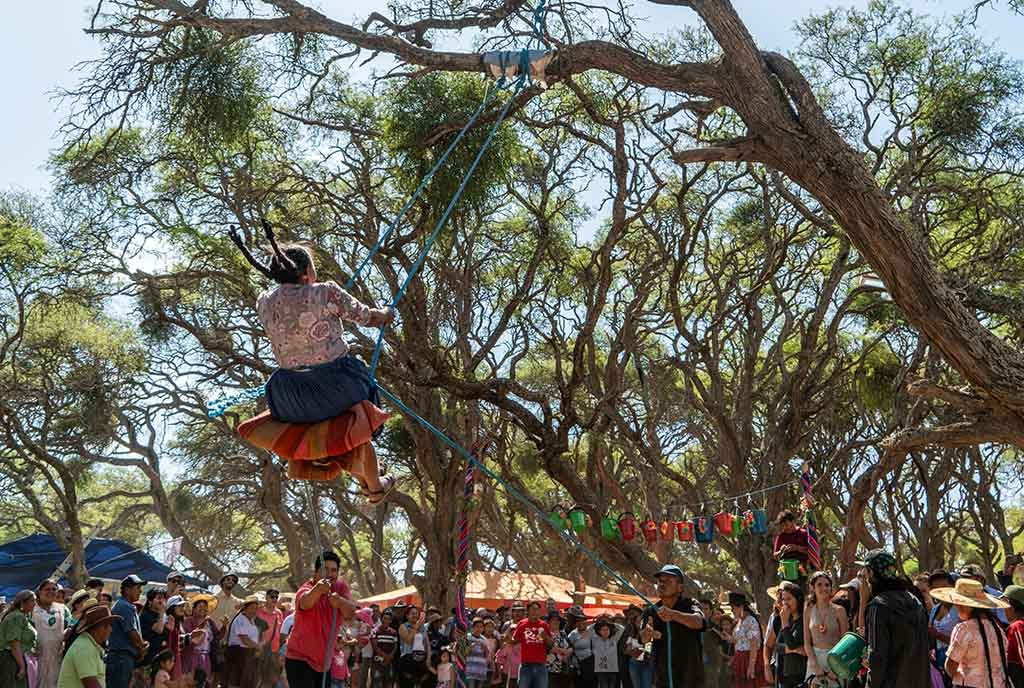
July 8, 2015; Bustle
In the midst of a steamy summer, Baltimore is struggling to recover from the events surrounding the death of 25-year-old Freddie Gray from a spinal cord injury while in police custody this spring. In addition to the emotional toll on the city’s residents and the ongoing racial tensions, a U.S government survey has estimated that protests in late April resulted in at least $9 million in damages.
Sign up for our free newsletters
Subscribe to NPQ's newsletters to have our top stories delivered directly to your inbox.
By signing up, you agree to our privacy policy and terms of use, and to receive messages from NPQ and our partners.
While public, private and nonprofit organizations as well as countless citizens are working to address the issues surrounding Gray’s death—and the underlying social inequities—an article in Bustle underscores how much good work is being done by one slice of the community: the city’s artists and cultural nonprofit groups. From raising funds to fostering self-expression, from linking current events with history to creating meaningful work for some of Baltimore’s poorest youth, the arts sector has been launching new initiatives or adding important twists to existing projects.
Here are three compelling examples—each of which, it should be noted, also represents a collaborative effort across two or more nonprofit organizations:
- During the April riots, Youth Empowered Society (YES), a drop-in center for homeless youth, was set on fire, and had to be shut down for more than a month. Gallery 788 owner Eduardo Rodriguez—with organizing help from photographer and illustrator McKenzie Elizabeth Ditter and the nearly 90 local artists who contributed works—held a silent auction that raised $3,550 for YES in just two weeks. Combined with other donations, that helped to put YES back in business.
- For years, Arts Every Day, which advocates for and delivers programs that provide arts experiences for public school students, and the Walters Art Museum have been presenting a student art show, “My Baltimore,” at the end of the school year. Arts Every Day serves 36 Baltimore elementary, middle and high schools, including the elementary school Freddie Gray attended. As executive director Julia Di Bussolo explained, this year’s exhibition “took on new meaning in the wake of recent events.” The organization decided to “augment the exhibition by gathering documentation of how teachers and community organizations across the city addressed the Uprising with their students and young people.” The May 20–31 show also featured first reactions, creative writing and in-progress-sketches and other projects related to the city’s turmoil—all blended with pieces from the museum’s permanent collection specific to Maryland’s history.
- Jubilee Arts, which promotes the arts as a tool for social change, is based in Sandtown-Winchester, the neighborhood Freddie Gray came from. Working with the Baltimore Office of Promotion and the Arts, Jubilee this summer has launched a program called “Art@Work,” which will employ 80 black youths between the ages of 14 and 21 as apprentice muralists for a 5-week period. Jubilee director Todd Marcus said, “This project will be a meaningful collective response to events of April 27. Our community-based nonprofit and youth from our neighborhood, who will be employed as key stakeholders, will be creating murals that will beautify our community for years.” The project will also introduce youth to career opportunities in the arts, tools for self-expression, soft skills in workforce development and financial literacy, as well as leadership development for areas such as public speaking, community activism, interview preparation, and resume writing.
These projects—even collectively—may only represent baby steps in the work that needs to be done to make Baltimore whole again. Still, they are worth celebrating, for the goodwill they are likely to create, the healing power of documenting and sharing our stories, and the sparks of inspiration they may offer to people in Baltimore and other troubled places.—Eileen Cunniffe













